Sikkim, nestled in the northeastern part of India, is a land of enchanting beauty and mystical mountains. Bordering Tibet in the north and northeast, Bhutan in the east, Nepal in the west, and West Bengal in the south, Sikkim lies close to India's Siliguri Corridor near Bangladesh. Despite being the least populous and second smallest state in India, Sikkim's charm lies in its rich biodiversity, including a variety of alpine and subtropical climates. The state is also home to Kangchenjunga, the highest peak in India and the third highest in the world.
A Historical Overview
Sikkim's historical journey began with the Namgyal dynasty in the 17th century. The kingdom was ruled by a Buddhist priest-king known as the Chogyal. In 1890, Sikkim became a princely state under British India. Post-1947, Sikkim continued as a protectorate with the Republic of India, boasting the highest literacy rate and per capita income among Himalayan states. However, in 1973, anti-royalist riots led to the deposition of the monarchy in 1975, following a referendum that integrated Sikkim into India as its 22nd state.
Culture and Demographics
Modern Sikkim is a melting pot of various ethnicities and languages. The state officially recognizes 11 languages: Nepali, Sikkimese, Lepcha, Tamang, Limbu, Newari, Rai, Gurung, Magar, Sunwar, and English. English is the medium of instruction in schools and is widely used in government documents. The predominant religions are Hinduism and Vajrayana Buddhism, reflecting the state's rich cultural tapestry.
Economy and Environmental Initiatives
Sikkim's economy thrives primarily on agriculture and tourism. As of 2014, it had the third-smallest GDP among Indian states, yet it is one of the fastest-growing economies. Notably, Sikkim is the largest producer of cardamom in India and ranks second globally after Guatemala.
In a remarkable achievement, Sikkim converted all its agricultural practices to fully organic between 2003 and 2016, making it the first Indian state to do so. The state is also known for its environmental consciousness, having banned plastic water bottles and styrofoam products.
Natural Beauty and Tourism
Sikkim's capital, Gangtok, is the largest city and a hub for tourists. Almost 35% of the state is covered by the Khangchendzonga National Park, a UNESCO World Heritage Site that offers breathtaking views and diverse flora and fauna. The state's picturesque landscapes, from the snow-capped mountains to lush green valleys, attract nature lovers and adventure enthusiasts alike.
Sikkim is a treasure trove of natural wonders, cultural richness, and historical significance. Its commitment to sustainability and environmental conservation sets it apart, making it a must-visit destination for travelers seeking both adventure and serenity.

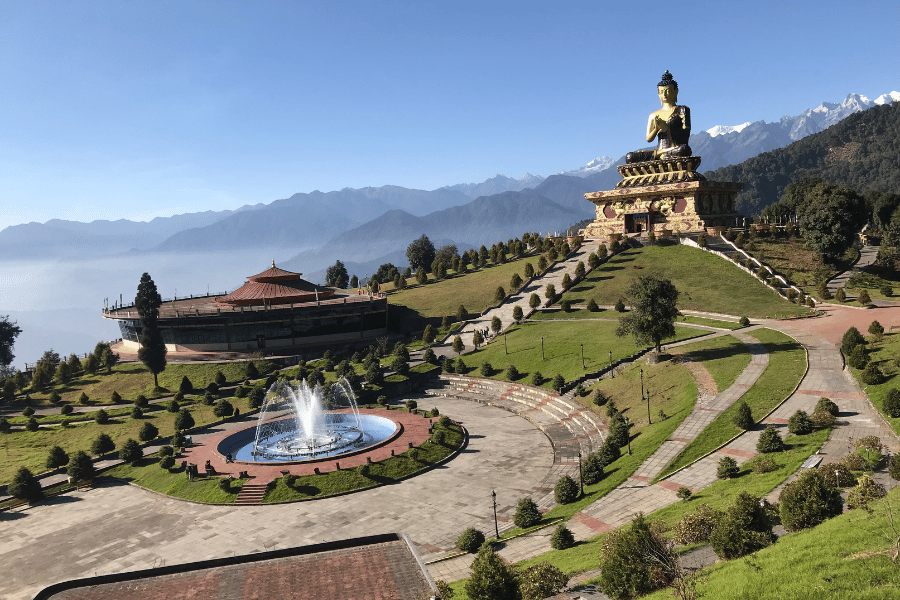
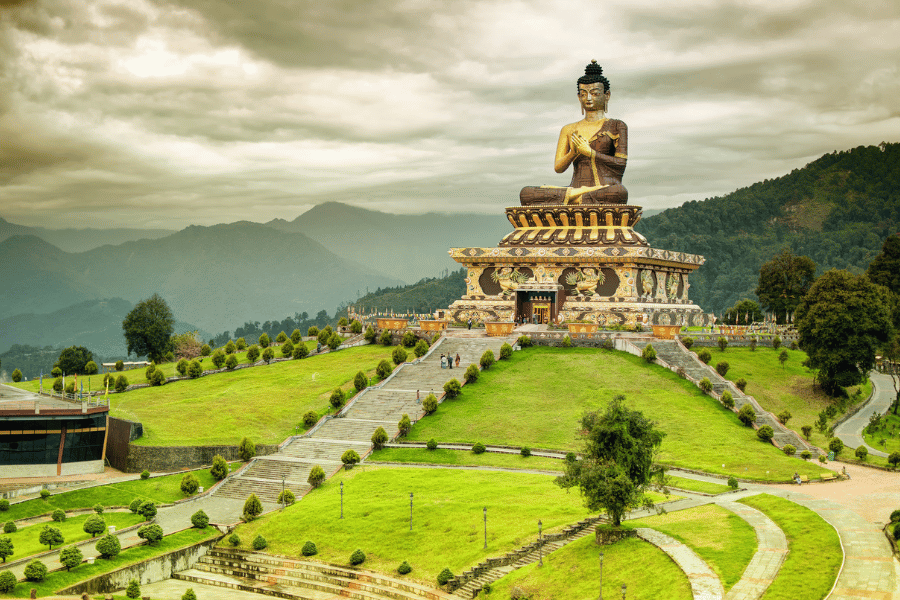
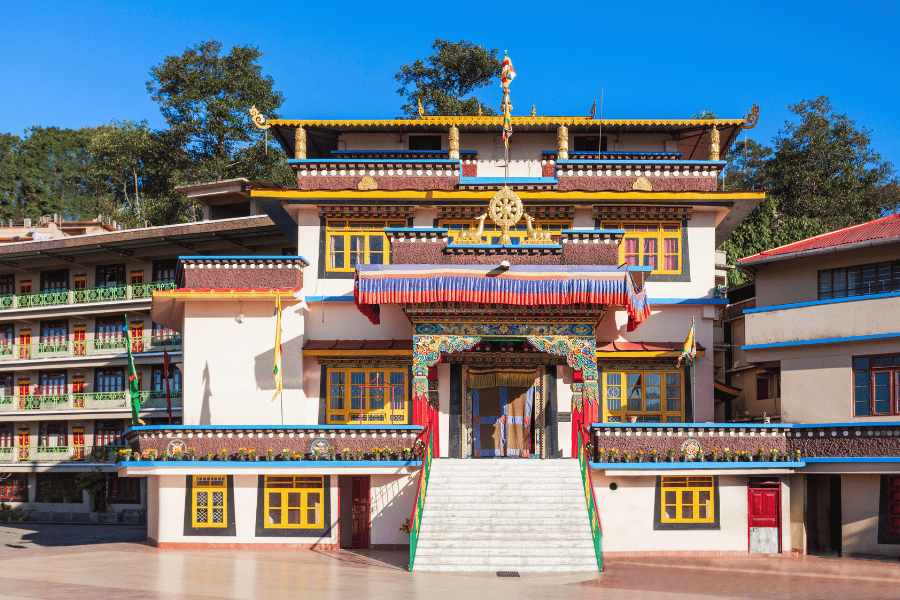
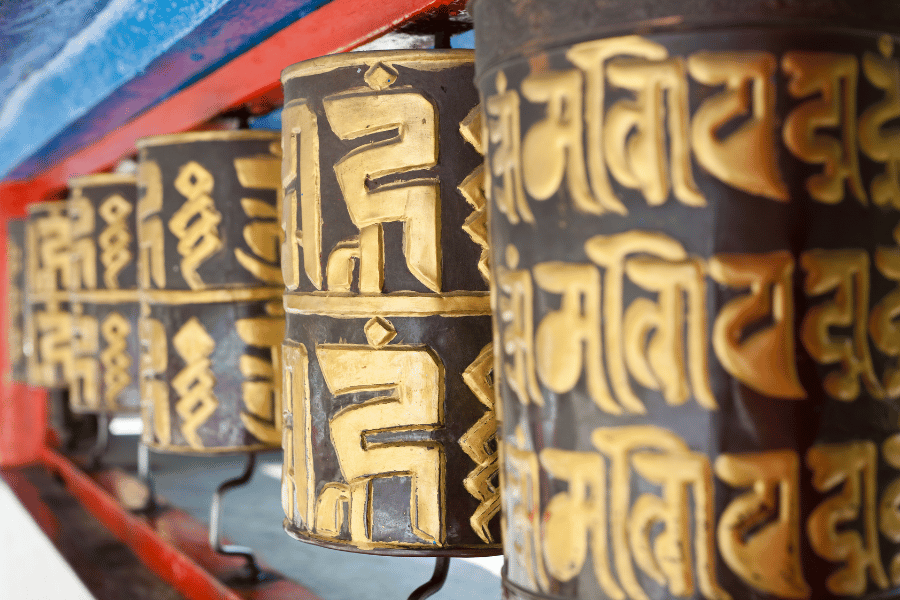
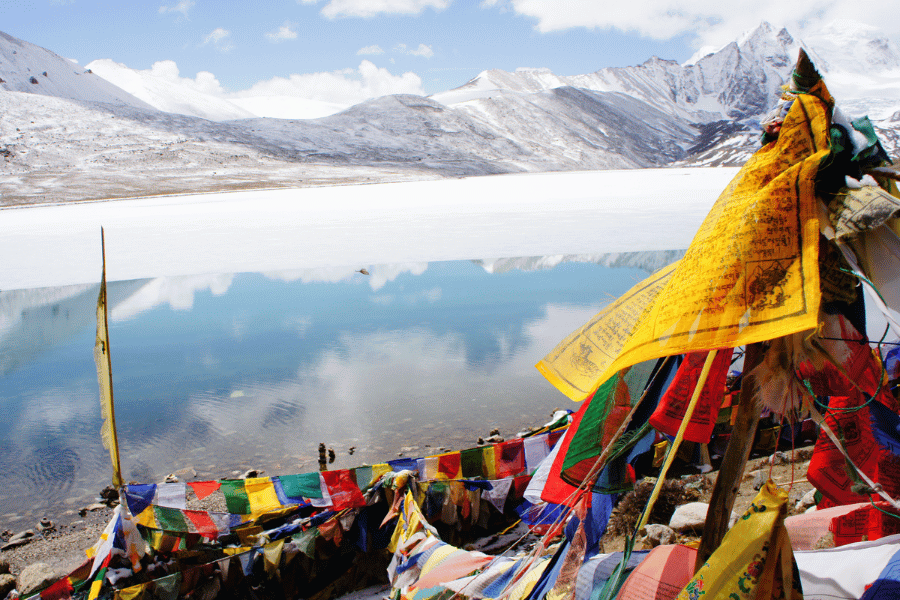
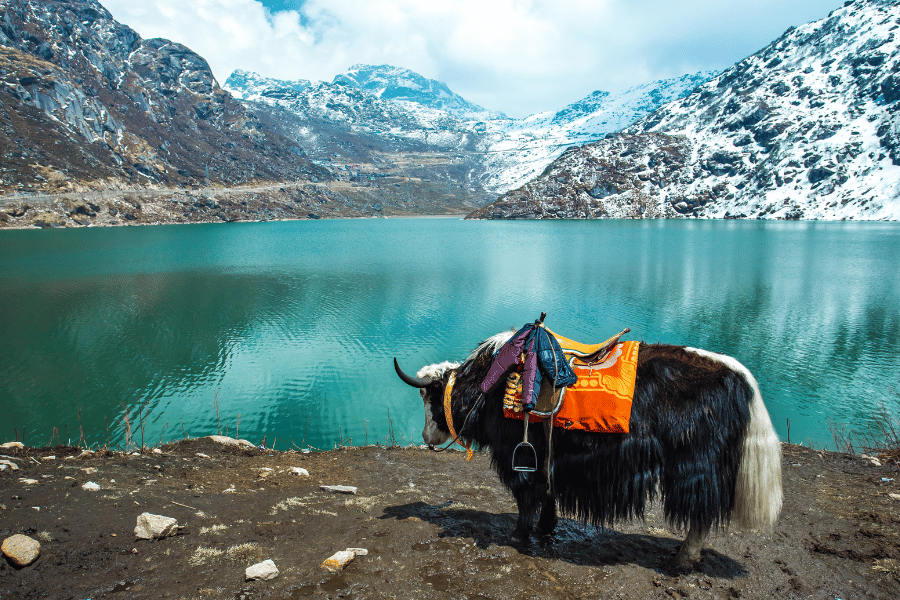


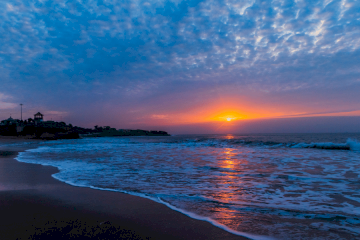

0 reviews for this Tour